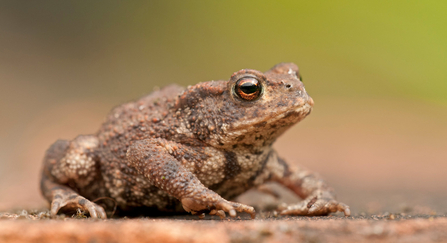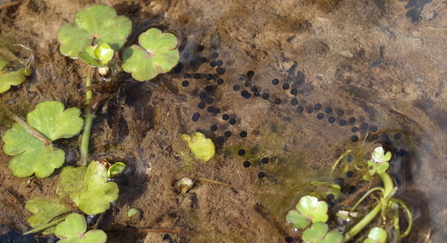If you hear a low croaking sound “qwark-qwark-qwark” near ponds and wet woodland, it’s probably the call of the common toad (bufo bufo). As winter draws to an end, milder spells entice toads to emerge from under piles of wood or crawl out of muddy hideaways to forage of slugs, invertebrates and worms using their sticky tongues to catch their prey.
Then at some point in early spring toads undergo a mass migration, journeying back to their birthplace to reproduce. The cue for this is a spell of mild, damp weather and its one of nature’s wonders that they know to start their migration at the same time.



